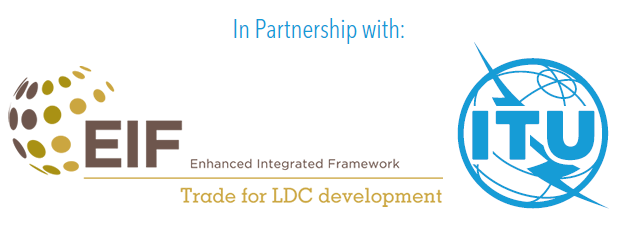2.3 Financial inclusion
Although it has narrowed, a gender gap in access to finance still exists. Women are more likely to lack identification or a mobile phone, to live far from a bank branch, and to need support to open and effectively use a financial account. Globally, 78 per cent of men and 74 per cent of women have an account—a gender gap of 4 percentage points. Developing economies have a wider average gap, 6 percentage points, a decrease from 9 percentage points after many years of remaining unchanged. In 2021, 74 per cent of men but only 68 per cent of women in developing economies had an account. 32
Differences are encountered across regions in terms of account ownership. While sub-Sahara Africa and the Arab States region report 12 and 13 percentage point gender gaps in account ownership (twice as large as the developing economy average and three times larger than the global average), the gender gap in some countries in the Asia and Pacific region is at 3 percentage points. In countries in Latin America and the Caribbean, women are 7 percentage points less likely than men to have an account.33
Box 2: GSMA Connected Women Programme: Accelerating digital and financial inclusion for women
|
Use of digital payments also varies depending on the economy: while it is near universal for both women and men among account owners in high-income economies, in developing economies men with an account are, on average, 6 percentage points more likely than women with an account to use digital payments. This gender gap in the use of digital payments among account owners has remained virtually unchanged since 2014, despite the overall increase in digital payments. 34
Technology-enabled mobile money accounts are helping drive inclusive access to finance for younger women. For instance, in sub-Sahara Africa, according to the World Bank, “[t]he gender gap for financial institution accounts increases as women age, but it remains small for men and women who only have mobile money accounts …” Among economies in sub-Sahara Africa with more than 20 per cent of adults with a mobile money account, young adult men are 8 percentage points more likely than young adult women to have a financial institution account. As adults grow older, this gap increases to 9 percentage points between men and women ages 25–50 and 15 percentage points between men and woman age 51 and older. 35
Box 3: A 10-point action plan for prioritizing women’s digital financial inclusionDigital private and public sector payments, designed to meet women’s needs and incentivized through policies that make them safe and affordable, can lead to increased GDP growth, increased customer growth and retention, higher labour force participation, improved household bargaining power and freer gender norms. Drawing on decades of experience, research and in-field activity, the Better than Cash Alliance, Generation Equality Forum, UN Capital Development Fund, UN Secretary General’s Special Advocate for Inclusive Finance for Development, UN Women, Women’s World Banking, and the World Bank, produced a 10-point action plan to end financial inequality for women and to build more resilient economies. The 10-point action plan for governments and businesses to rebuild stronger after COVID-19 by prioritizing women’s digital financial inclusion is as follows: 1 Digitalize private sector payments. All 10 actions are equally important. They are not sequential steps but mutually reinforcing actions for all stakeholders committed to reaching financial equality. Source: Better than Cash Alliance |
33 World Bank 2021, The Global Findex Database 2021: Financial Inclusion, Digital Payments, and Resilience in the Age of COVID‑19
34 World Bank 2021, The Global Findex Database 2021: Financial Inclusion, Digital Payments, and Resilience
35 World Bank 2021, The Global Findex Database 2021: Financial Inclusion, Digital Payments, and Resilience in the Age of COVID‑19

